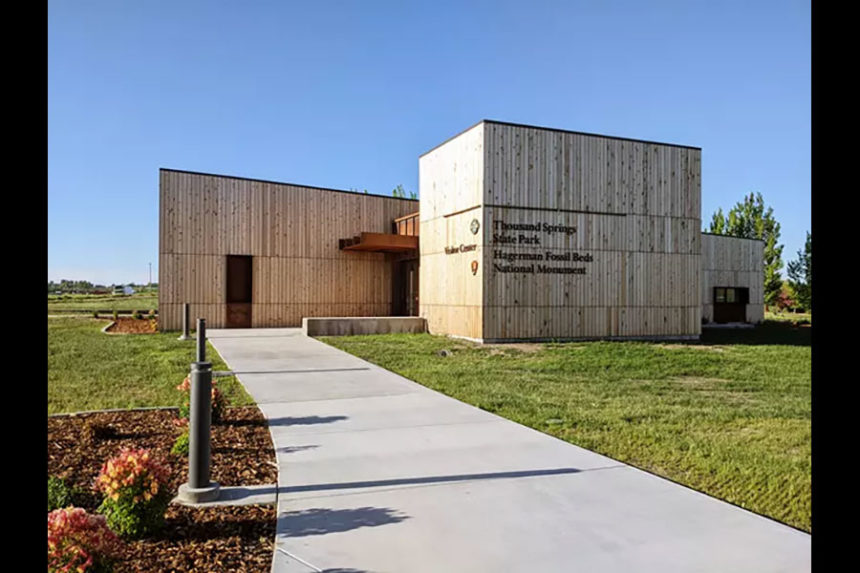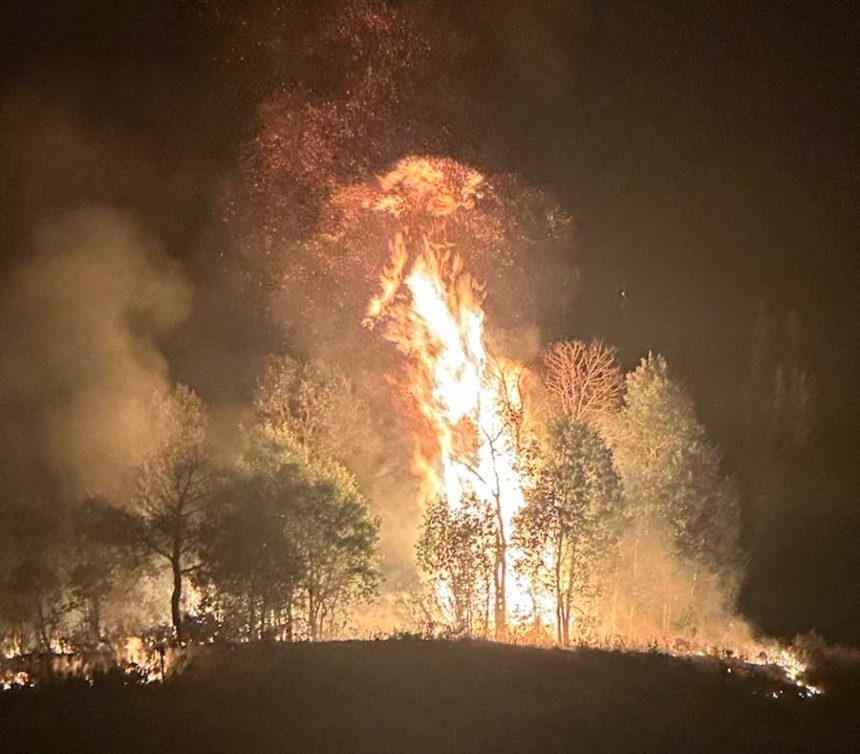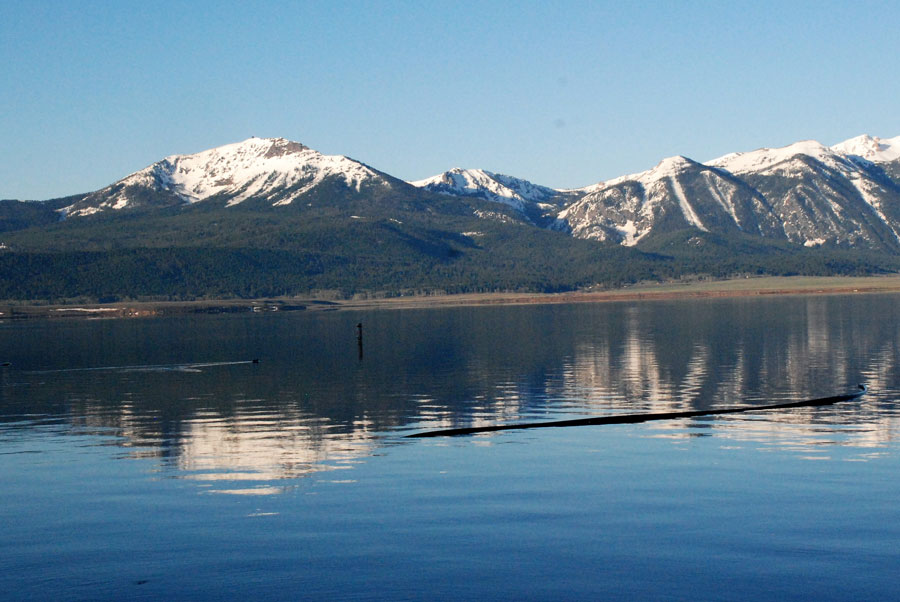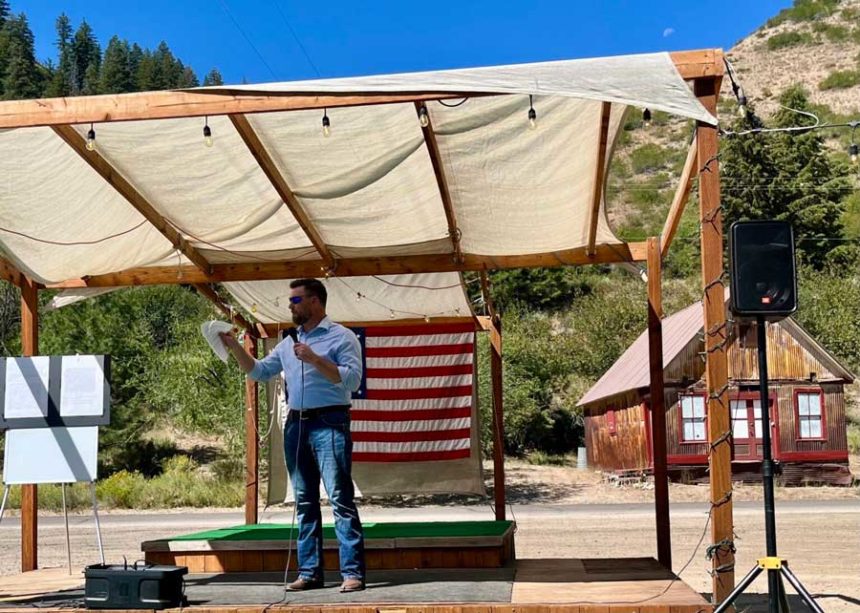The National Park Service has released the following news release.
The German The public is invited by the U.S. Fish and Wildlife Service and the National Park Service to learn about native plants in southern Idaho and how they relate to plants that thrived there millions of years ago.
On Friday, June 27, from 10 a.m. to 2 p.m., the Thousand Springs Visitor Center will host a unique event. It is located in Hagerman at 17970 U.S. Highway 30.
At the event, experts from Minidoka National Wildlife Refuge will set up a native plant station where guests can learn about the refuge, native plants, and how they help pollinators. The public will be able to purchase native plant seeds and planting materials to plant in their yards. Additionally, visitors will have the opportunity to view interpretive exhibits and learn about the native plants that were present in the area three to four million years ago during the Pliocene era. These plants served as habitat for both more familiar animals like horses, beavers, and birds, as well as fascinating, now-extinct creatures like the ground sloth, mastodon, and saber-toothed cat.
This event is the first time the U.S. Department of the Interior’s FWS and NPS have worked together to hold a public event at Hagerman Fossil Beds National Monument. Michael Irving, chief of interpretation and education for the Hagerman Fossil Beds National Monument, said, “We are thrilled to collaborate with the U.S. Fish and Wildlife Service to educate the public about the significance of native plants in supporting wildlife, both prehistorically and today, as well as how landscapes, plants, and the wildlife they support have changed over time.”
At the Minidoka National Wildlife Refuge, about 12 miles northeast of Rupert, native plants that grow close to the open water and wetlands act as an oasis that attracts a variety of wildlife from miles around, including mule deer, foxes, and bobcats, as well as birds like geese, loons, and herons. One of the most abundant locations for Pliocene-aged fossils in the world is preserved by the Hagerman Fossil Beds National Monument. Hundreds of plant and animal species are represented by the fossils discovered here; some are ancestors of species that are still present in the Hagerman Valley, while others are unlike any species that exists today.
In honor of its globally noteworthy Pliocene fossil collection, the NPS is commemorating the 50th anniversary of the Hagerman Fauna Site’s designation as a National Natural Landmark, which was granted in May 1975. The NPS and the Idaho Museum of Natural History are celebrating the anniversary with fossil exploration events at the Thousand Springs Visitor Center on July 16 and August 20 from 10 a.m. to 2 p.m. and at the Idaho Museum of Natural History, which is situated on the campus of Idaho State University at 698 E. Dillon Street in Pocatello, on July 2 and August 6. In addition to participating in practical activities, participants will have the opportunity to view and learn about fossils.
Visitors are advised to check the park’s website or give the Visitor Center a call at (208) 933-4105 to confirm the current circumstances before visiting the Hagerman Fossil Beds National Monument.












